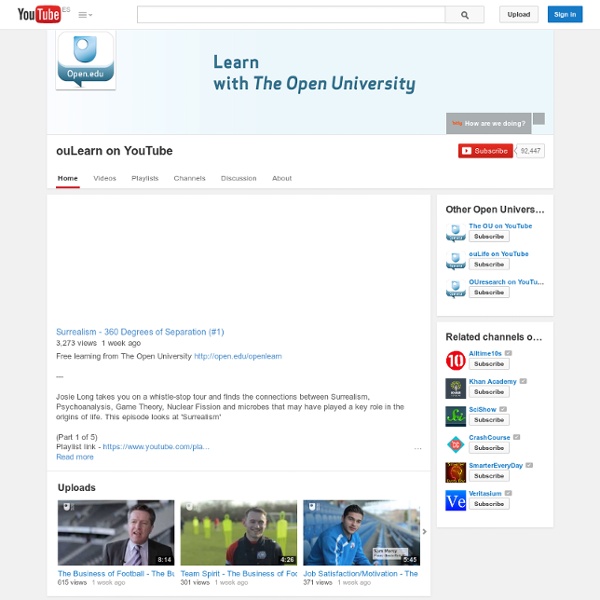



The Chinese Room Argument 1. Overview Work in Artificial Intelligence (AI) has produced computer programs that can beat the world chess champion and defeat the best human players on the television quiz show Jeopardy. Searle argues that a good way to test a theory of mind, say a theory that holds that understanding can be created by doing such and such, is to imagine what it would be like to do what the theory says would create understanding. Imagine a native English speaker who knows no Chinese locked in a room full of boxes of Chinese symbols (a data base) together with a book of instructions for manipulating the symbols (the program). Searle goes on to say, “The point of the argument is this: if the man in the room does not understand Chinese on the basis of implementing the appropriate program for understanding Chinese then neither does any other digital computer solely on that basis because no computer, qua computer, has anything the man does not have.” 2. 2.1 Leibniz’ Mill 17. 2.2 Turing's Paper Machine 3. 4.
'Pride and Prejudice' has been reimagined as a computer game - with Elizabeth Bennet constantly on the run through the classic text - Gaming - Gadgets & Tech The fault, you see, lay not in the book, but its method of delivery: It was presented by a new video game, Stride & Prejudice, which is "an endless runner based on Pride and Prejudice by Jane Austen", according to its tagline. This isn't your usual "based on" video-game adaptation of literature, such as the 2010 hack'n'slash inspired by Dante's Inferno, or the interactive version of The Great Gatsby (see below). In Stride & Prejudice, the book is the game, its words forming a steady succession of platforms that your character, Elizabeth Bennet, runs and jumps across. It's a 2D sidescroller, like Mario, except that you don't have to worry about moving the character forward. Stride & Prejudice offers two ways to play. It is a truth universally acknowledged, [tap the screen, Ryan!] that a single man in possession [tap now!] of a good fortune, [jump!] must be in want of a wife. Now, it's easy to give in to the kind of predictable tut-tutting that Stride & Prejudice invites at first glance. Some.
Looking for Open2.net? Copyrighted image Credit: The Open University Open2.net fades away... For ten years, give or take, Open2.net was the online home of Open University and BBC programming. Over the last few months, though, we've been moving into OpenLearn, creating one home for all The Open University's free learning content. It means we share a home with the Open University's iTunesU and YouTube channels, and much more besides. You can use the navigation at the top of this page to explore what we have on offer. Most of the content from Open2.net has been brought across; if you've landed here after typing or searching for an Open2.net URL then you're probably looking for something that fitted into one of these categories: Open2 forums We still want you to join in, comment and share your views. Open2 blogs All the blog content from Open2 is here on OpenLearn - it might be that you're trying to find a specific URL for the content that isn't being recognised by OpenLearn. Other Open2 pages
Modern styles Science Fiction Book Review Podcast › Luke Burrage reads a science fiction novel and reviews it when he's done. Then he reads another. dadcando.com - The world famous resource for fathers and their children, helping dads be heroes to their kids Open Learning Network | Painting must Die Dualism First published Tue Aug 19, 2003; substantive revision Thu Nov 3, 2011 This entry concerns dualism in the philosophy of mind. The term ‘dualism’ has a variety of uses in the history of thought. In general, the idea is that, for some particular domain, there are two fundamental kinds or categories of things or principles. 1. 1.1 The Mind-Body Problem The mind-body problem is the problem: what is the relationship between mind and body? Humans have (or seem to have) both physical properties and mental properties. Physical properties are public, in the sense that they are, in principle, equally observable by anyone. The mind-body problem concerns the relationship between these two sets of properties. The ontological question: what are mental states and what are physical states? Different aspects of the mind-body problem arise for different aspects of the mental, such as consciousness, intentionality, the self. The problem of consciousness: what is consciousness? 1.2 History of dualism 2.
Make an awesome Harry Potter wand from a sheet of paper and glue gun glue Now that Harry Potter fever is upon us once more, I thought you would like to have a go at making some really nice Harry Potter Wands. This is such a simple but effective instructable. With a sheet of paper, some glue and a bit of paint, and about 40 minutes to spare this instructable will show you how you can make a Harry Potter type wand that would not look out of place in the film itself. If you like this but want more of a challenge which not try it with added magic in the instructable A really magic Harry Potter wand for Lumos and Reveal Your Secrets charms, you get to make a wand with a UV LED at the tip that can reveal secret and otherwise invisible writing.